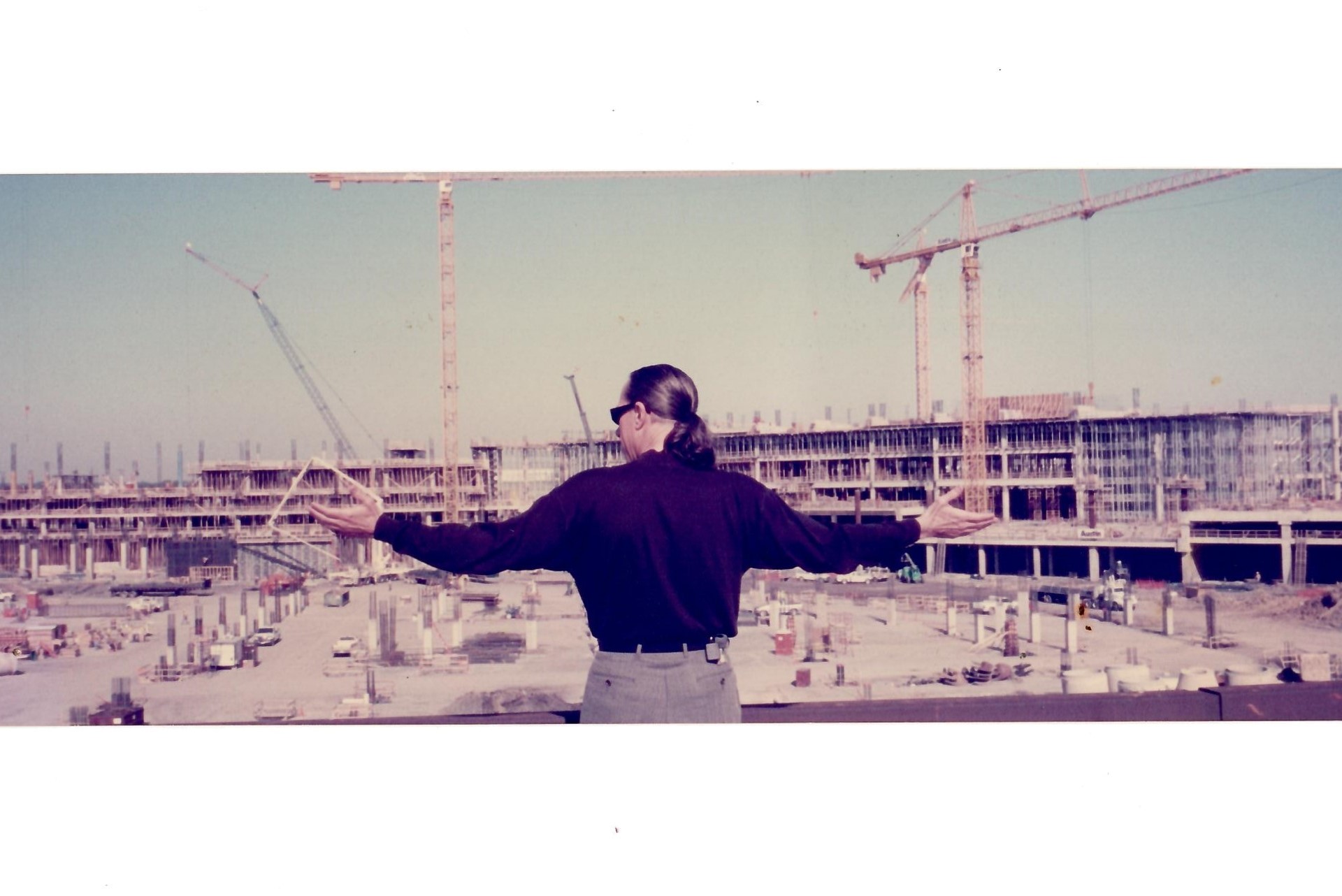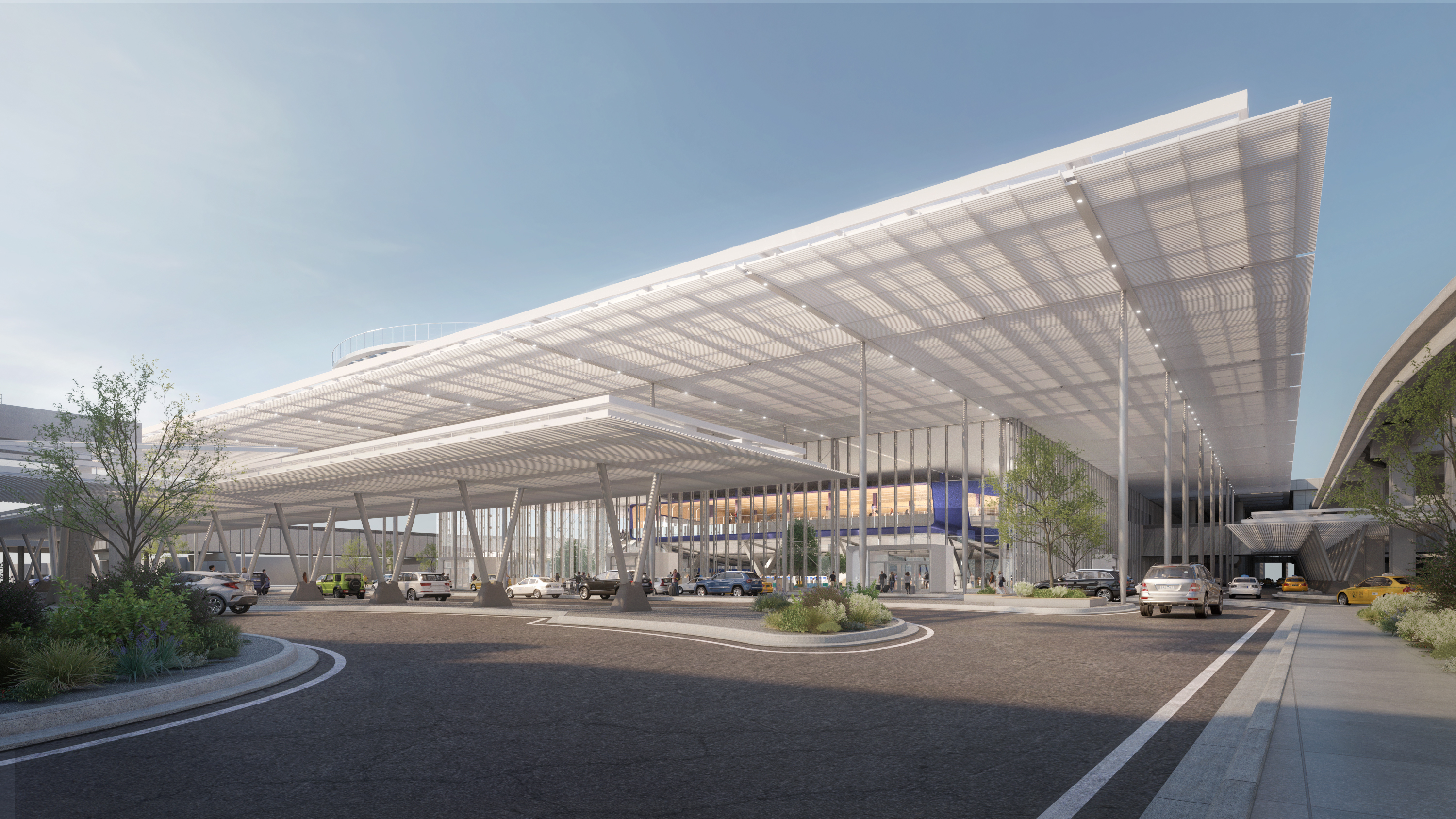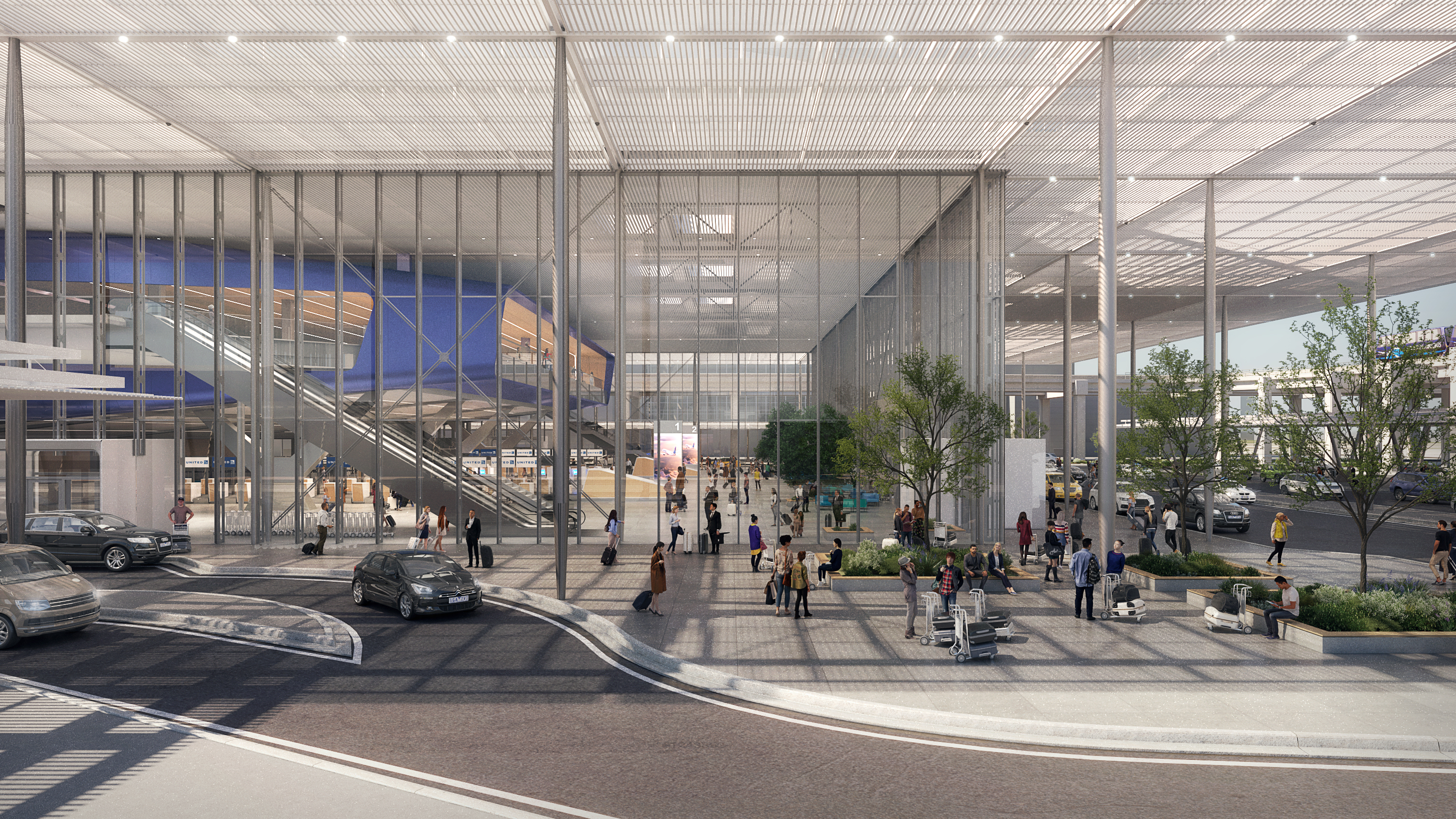J. Lee Glenn is Page’s Aviation Design Director based in our Dallas office. Currently, he is working on expansion projects for San Antonio International Airport and George Bush Intercontinental Airport (IAH). In this post, Lee shares why he’s passionate about his career, his sources of inspiration and insight into the concept of high-tech/high-touch within airport terminals.
“The way to do research is to attack the facts at the point of greatest astonishment.” - Celia Green

I have always felt that architectural design is a tough yet rewarding combination of research, creativity and execution, with a healthy dose of intuition. It begins with the objective challenge of understanding a problem, followed by researching and proposing solutions, all the while remaining undaunted by the complexity of the task.
I gravitate towards aviation architecture projects because of their natural complexities, including the continuous movement of large numbers of people, integration of complex processes, articulation of large-scale space, and a design responsive to a specific city or region. It’s never boring, never the same, never formulaic. It’s always astonishing and changes from project to project, airport to airport, city to city.
It’s possible that my interest in aviation architecture comes from my father, who was career Air Force. I spent my youth surrounded by the sights, sounds and smells associated with an airfield and learned about the forms and equipment that make it work. Unknowingly, this was research based on experience that would serve my professional life.
As a military kid, I also moved every three years. This has probably translated to my day-to-day in aviation architecture, where my client base is usually the one airport in a city. This means I travel to them to inhabit their milieu. Moving often also gave me the ability to learn new places quickly, to understand nuances and to perceive what makes a client tick culturally. Design training provided the tools to express these attributes in built form – a uniquely gratifying experience.
Airport directors are quick to tell their consultants, “If you’ve seen one airport, you’ve seen one airport.” In other words, their airport’s issues are unique, and my job is to focus on those specific issues. I respect this focus on the unique character of each airport and the challenges it poses to understanding the design problem.
“Technology feeds our pleasure centers physically and mentally, but its intoxication is squeezing our human spirit, intensifying our search for meaning.” - John Naisbitt
I have recognized this contradiction in the modern aviation prototype. Terminals are where physical processes intersect with technological changes, which interact with cultural trends. Naisbitt, a futurist, identified the sociological implications of these interactions in his 1982 book “Megatrends” and explored them further in his 1999 release “High Tech High Touch.” He theorized that increased dependence on technological interaction will be accompanied by an increased desire for an authentic experience.
A modern, high-tech terminal environment must balance passenger interaction with advanced technologies such as biometrics, self-boarding gates, mobile boarding passes, touchless processing and self-bag drop. The high-touch response includes locavore food and beverage, curated retail, naturalistic materials, integrated landscape, artwork, and regional expression. I work with these elements daily, using cultural and psychological trends to provide integrated design solutions.
Incorporating high-tech/high-touch thinking into the already complicated task of designing a building reinforces my belief that we discover the core design drivers that inform a project through a search for meaning. This search begins with an open-ended discovery phase that looks for meaning in program, context, aspirations, site, culture, technology and functionality, to develop a clear and conceptual vision for every project.
In my career, I’m continually drawn to the inherently complex challenge of airport terminal buildings and the inherently complex team organization required to execute them well. I’ve been fortunate to work on domestic and regional airport terminals, concourses, aircraft manufacturing buildings, facilities buildings and airport master planning. Each has been a research project. Each has been unique. Each has been exciting, frustrating and demanding. Most importantly, each has been a learning experience in a context bigger than the buildings themselves.
“The world is full of magic things, patiently waiting for our senses to grow sharper.” - W. B. Yeats




